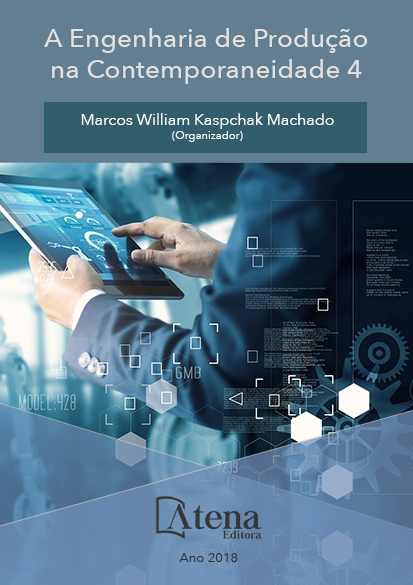
AVALIAÇÃO DOS MUNICÍPIOS DA REGIÃO NORTE DO ESTADO DO RIO DE JANEIRO QUANTO À GESTÃO DE RESÍDUOS SÓLIDOS
Um dos maiores desafios dos
municípios é coletar, reciclar, tratar e dispor
adequadamente o crescente volume de
resíduos sólidos. Neste artigo é apresentada
uma análise da gestão desse tipo de resíduo
efetuada nos municípios da região Norte,
do Estado do Rio de Janeiro, utilizando
análise multicritério. Desta forma é realizada
uma análise híbrida com os métodos AHP e
PROMETHEE II, para definir os pesos de cada
critério e ordenar os municípios do melhor para
o pior, respectivamente. Os critérios definidos
são relacionados ao tratamento dos resíduos
sólidos e foram coletados em diversas fontes,
principalmente SIAB e SNIS. O método se
mostrou de fácil execução e pode ser aplicado
na avaliação da gestão de determinadas
regiões, facilitando a identificação de melhorias
para o direcionamento de políticas públicas.
Macaé foi identificado como o município com
a melhor gestão. De modo geral os municípios
avaliados estão muito aquém de níveis que
se consideraria sustentável, especificamente
em coleta seletiva. A elaboração do PMGIRS
também é outra deficiência identificada na
região.
AVALIAÇÃO DOS MUNICÍPIOS DA REGIÃO NORTE DO ESTADO DO RIO DE JANEIRO QUANTO À GESTÃO DE RESÍDUOS SÓLIDOS
-
DOI: 10.22533/at.ed.01818091211
-
Palavras-chave: Análise multicritério, resíduos sólidos, sustentabilidade ambiental.
-
Keywords: Multicriteria analysis, solid waste, environmental sustainability.
-
Abstract:
One of the greatest challenges
of the counties is to collect, recycle, treat
and dispose of the growing volume of solid
waste. This paper presents an analysis of the
management of this type of waste carried out in
the municipalities of the North region of the State
of Rio de Janeiro, using multicriteria analysis.
In this way a hybrid analysis with the AHP and
PROMETHEE II methods is performed to define
the weights of each criteria and to order the
cities from the best to the worst, respectively.
The criteria are related to the treatment of solid waste and were collected in several
sources, mainly SIAB and SNIS. The method has proved to be easy to implement and
can be applied in the evaluation of the management of certain regions, facilitating the
identification of improvements in the direction of public policy. Macaé was identified
as the municipality with the best management. In general, the evaluated counties are
below levels that would be considered sustainable, specifically in selective collection.
The elaboration of PMGIRS is also another weakness identified in the region.
-
Número de páginas: 15
- Alessandra Ribeiro Silva


